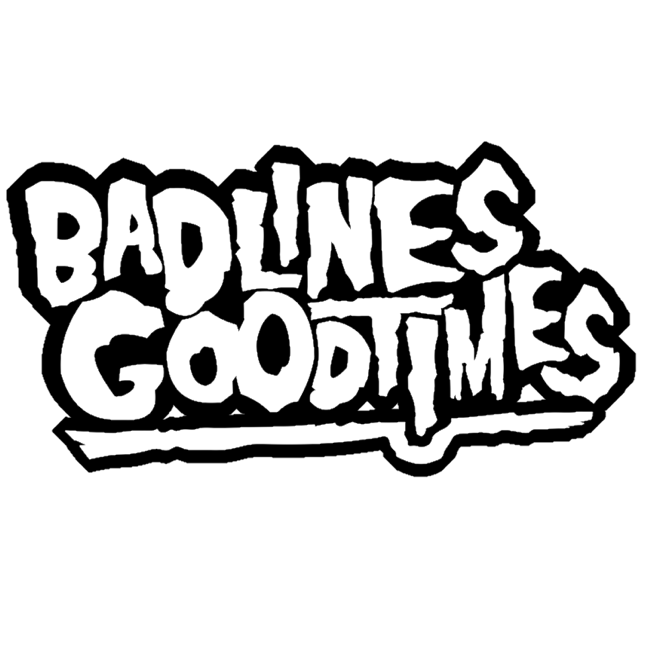The roller size (and wire size) should be interchangeable so it isn't of the utmost importance, .035 is what I run typically but you should be able to run down to .030 and weld 1/4in material just fine; which tends to be the thickest most people in this industry use. The real difference between the two welders you are looking at is actually the duty cycle and amperage rating, the 255 is rated for 255 amps @ 60%, the 225 is rated at 225 amps @ 35%, it also has 110v capability whereas the 255 is 220v only.
I might not be 100% correct, but the duty cycle for welders is typically laid out like this, that 60% is 60% of a 10 minute interval that the machine can run (weld) continuously before needing to rest, so you get 6 minutes of continuous welding at peak output (255 amps in this example) before it needs a break. So that's something to take into account if you think you will be doing a lot of continuous runs with no breaks.
But either machine should do what you need it to do just fine.
